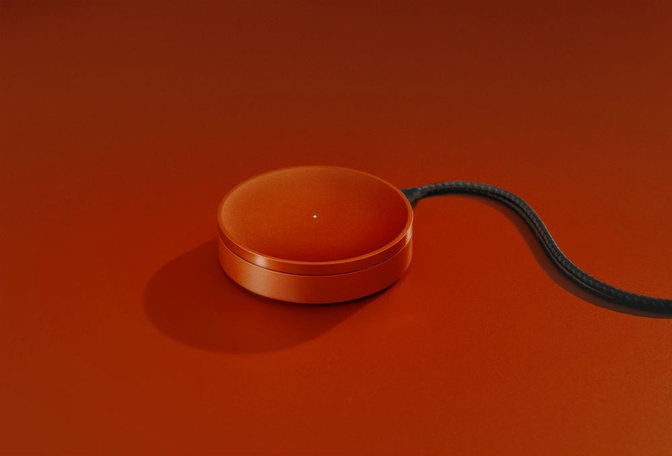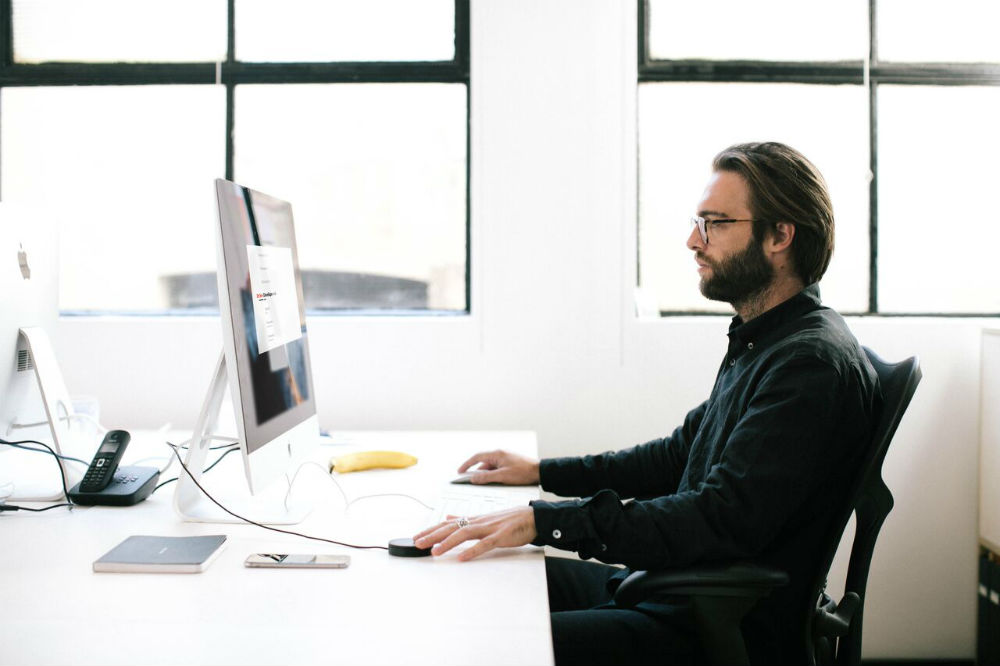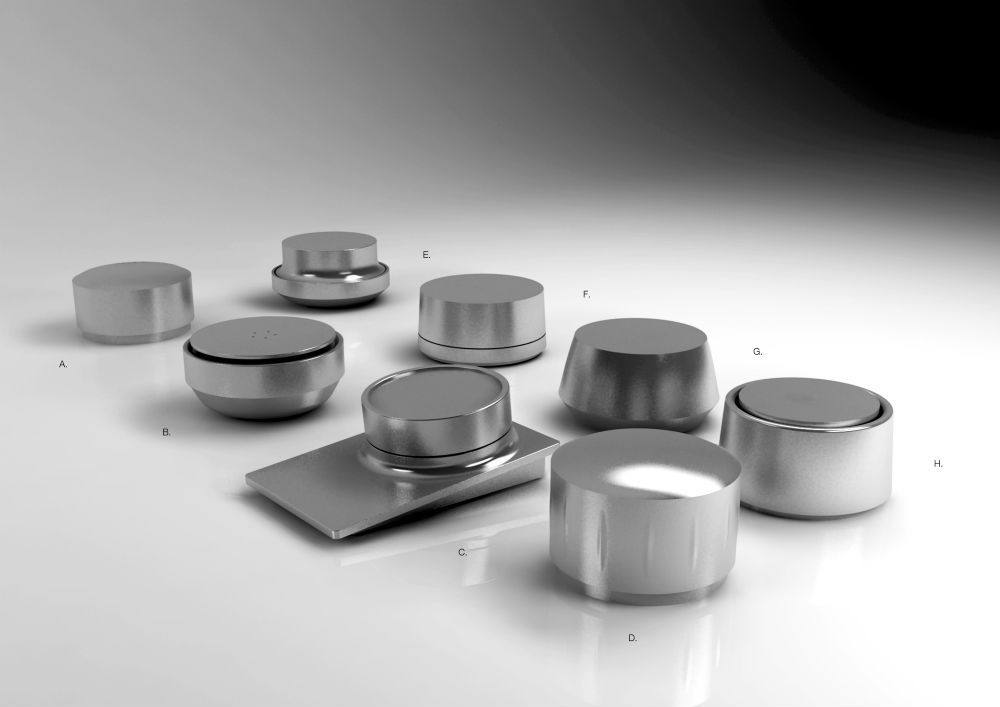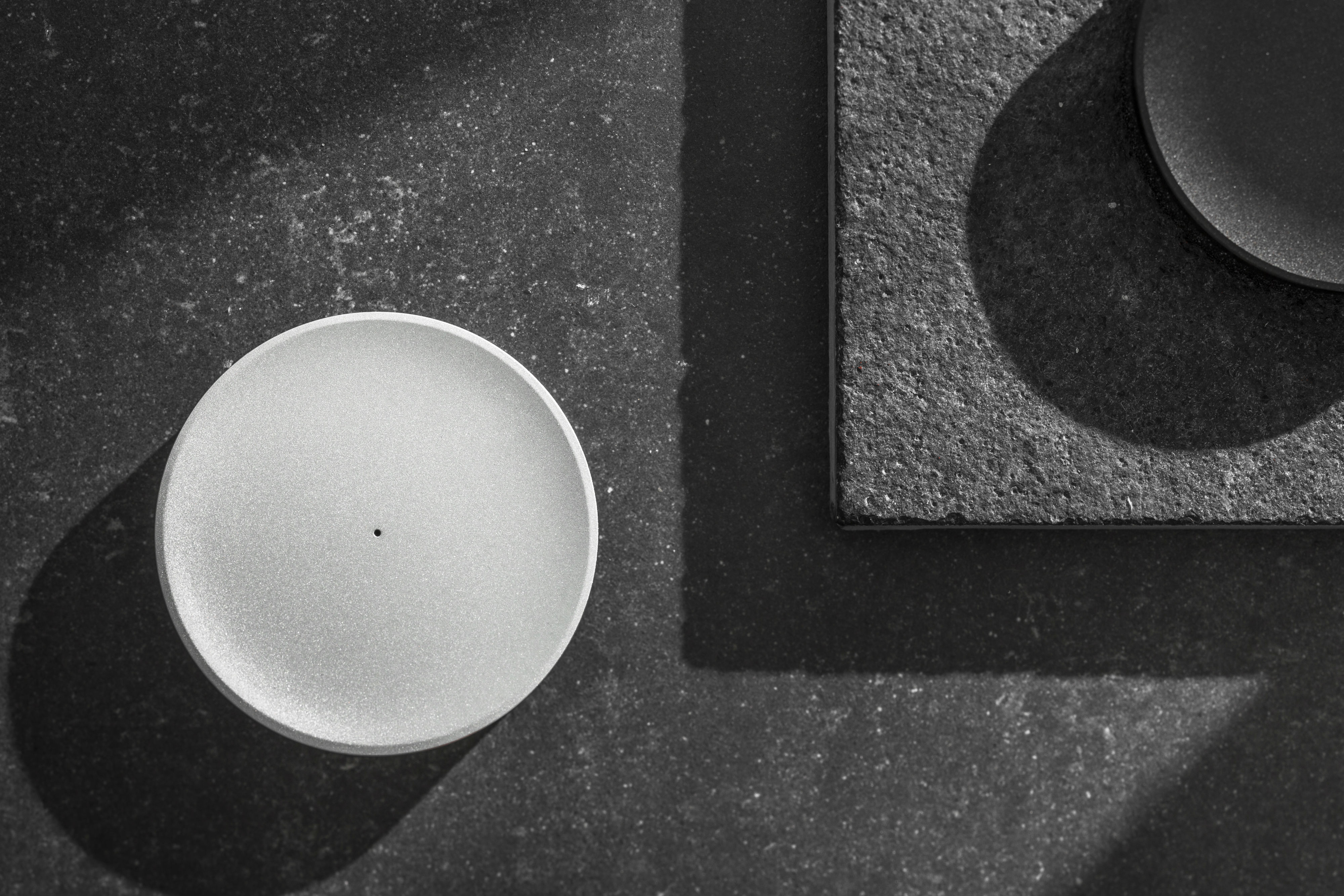Australian digital product agency Joan has spent two years working on Tiller, a device set to disrupt how businesses manage their time. Scout speaks to its founders to find out who contributed to its development.

Tiller is a small device that lives on your desk, connected directly to your computer. When you turn on or tap Tiller, an interface appears on your screen where you can scroll through tasks, and start or stop a timer. It’s an effective way to keep track of your tasks to help you get more done in the day.
The idea for Tiller came from the team at Joan – a Melbourne-based digital product agency tired of using clunky tracking software to manage the time they spent on client projects.
“We had this idea that a button could make it easier,” explains Joan director Nick Hallam.
“Most of the software and apps that we had we weren’t really using because they were either too complicated or we’d forget to click them on and off. Having a button there next to you just seemed to make sense.”
Joan started developing Tiller two years ago, along with industrial designer Nick Johnston. It's now available to pre-purchase via Kickstarter.

With many contributing to its creation, we take a look at the roles involved, from the ideas on paper to the finished product.
Joan’s first task was building a prototype to test the hypothesis that using a button would make the process easier.
“It’s all very well having great ideas, but unless you can test them, you’ll never know if they work in practice,” explains Joan software engineer Antonio de Perio.
With the help of Joan software designer Ed Thomson, de Perio created a prototype by using a generic Bluetooth device to recognise whenever they tapped a piece of homemade hardware, and hacking it to work with “quick and dirty Mac OSX software.”
“We then showed a video of someone using this to some friends and were surprised to get a really strong and positive response,” says de Perio.
“From that point, we've been continually iterating through the design and build of the software, and refining its relationship with the hardware, to get the product to where it is today.”
The final interface is minimal, clear and very responsive – attributes that de Perio engineered “to help switching between clients seem effortless”.
Keeping the design simple was also important for the product’s hardware.
“Physically, we didn’t want it to be a distraction or obtrusive to people’s working environment,” explains Johnston, whose early versions of the product are shown below.
“With simplicity at the core of Tiller’s brand ethos, it was integral for us to carry this into the industrial design for a cohesive product experience.”

Johnston took around 18 months to arrive at the final design.
“It’s got concave lip to match the contours of a finger, enough friction of the surface that allows it to be turned easily enough, and a nice sheen to make it aesthetically pleasing. “
“There’s also subtle light centred on the device which we identified as the ultimate symbol of focus, and when it illuminates, it reinforces Tiller’s philosophy to do one thing at a time and do it well.”
While the product was being designed, Thomson sourced and liaised with manufacturers.
‘We were keen to produce the product locally, but we found it difficult to find anyone interested, so we looked to China,” says Thomson.
“Through friends we were recommended a respected agency to work with over there that could coordinate all the manufacturing on our behalf. They were also able to guarantee quality control which was pretty important for us, so we decide to go down that path.”
Over the last 18 months, the team coordinated four re-designs of the product with the agency, each one with a 15-week turnaround.
“It’s been a long process. The last step is the tooling process [making the manufacturing moulds], which will happen in October. From there, it will take a few months for them to be produced and shipped to customers.“
With a background in branding strategy, Hallam has been driving the product’s marketing – a task that hasn’t been as easy as predicted.
“To be honest, it was challenging branding something that didn’t want to be seen,” says Hallam.
“We decided upon soft monotones for the colour scheme and a simple san serif font for eligibility, amongst other design elements to ensure everything was kept pretty minimal.”
In terms of marketing the product in general, Hallam was careful not be too broad.
“Ideally we’d love everyone to consider Tiller for his or her office,” he says. “But we figured that most large companies would require too much restructuring to take on such a change in their procedures.
“So our marketing efforts have revolved around promoting the product at SME offices [small medium enterprises]. Lately that has involved some targeted Facebook advertising campaigns.”

To assist the launch of the product, the team hired communications consultant Gin Atkins six months ago as the product’s go-to-market strategist.
Atkins has been in charge of creating brand awareness through content marketing and ads across social media, EDM channels, and press releases. She is also a big advocate of crowdfunding, and was supportive of the team using Kickstarter given its promotional value.
“Crowdfunding is great in terms of marketing because of the community and audience it draws,” says Atkins.
“We’re launching a tech product with a heavy focus on design and experience. Kickstarter’s community and broader PR reach gives us access to a captive audience that care about these things.”



